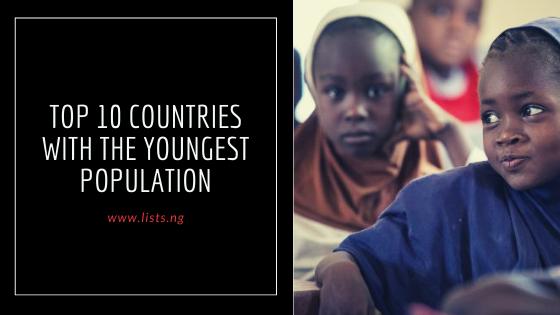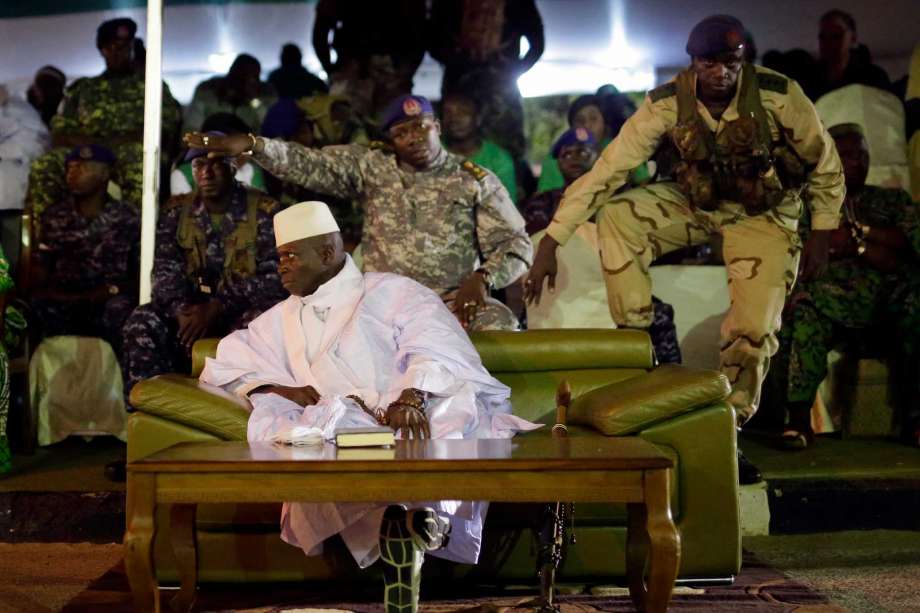The world’s youngest population are all located in Africa, with forecasts for 2020 showing just one non-African country – Afghanistan – in the top 20. Such statistics present both challenge and opportunities for the continent. While the abundance of able bodied youths could stimulate innovation and growth, this young population is projected to double by 2050, and as such will add more burden to the already strained resources, resulting in high unemployment and poverty.
For now, here are the to 10 youngest populations.
1. Niger
Median age – 15.4
As of 2018, the population of Niger was estimated at 22.4 million, a long way from the 3.4 million people it had in 1960. At 3.3%, Niger’s growth rate is one of the highest in the world, but the population is predominantly young, with 49.2% under 15 years old and 2.7% over 65 years.
2. Uganda
Media age – 15.8
Uganda’s population is estimated at 42.7 million people as of 2018. The proportion of children below the age of 15 in 2015 was 48.1%, 49.4 % was between 15 and 65 years of age, while 2.5% was 65 years or older.
3. Mali
Median age – 15.8
Mali has an estimated population of 19.1 million with over 90% living in the southern part of the country, especially in Bamako, which has over 1 million residents. The median age is 15.4, in 2002, about 48% of Malians were younger than 12 years old, 49% were 15–64 years old, and 3% were 65 and older.
4. Angola
Median age – 15.9
Angola has a population of 30.8 million inhabitants according to 2018 estimates. The population is growing by 3.52% annually, and it is forecast to grow to over 60 million people by 2050. The proportion of children between 0-14 years is 48.07%, 18.33% between 15-24 years and 2.32% for 65 years and over.
5. Malawi
Median age – 16.5
Malawi has a population of over 18 million, with a growth rate of 3.32%, according to 2018 estimates.The population is forecast to grow to over 45 million people by 2050, nearly tripling the estimated 16 million in 2010. About 20.58% makeup ages 15-24 years, 25-54 years at 27.57% and 55-64 years making up 3% of the population.
6. Zambia
Median age – 16.8
According to the 2019 revision of the World Population Prospects the total population of Zambia is 17.3 million in 2018. Zambia is one of the most highly urbanised countries in sub-Saharan Africa with rural areas sparsely populated. The proportion of children below the age of 15 in 2010 was 46.4%, 50.6% was between 15 and 65 years of age, while 3.1% was 65 years or older.
7. Burundi
Median age – 17.0
Burundi’s population is estimated at 11,175,374 by the United Nations with a population growth rate of 2.5 percent per year, more than double the average global pace. The proportion of children below the age of 15 in 2015 was 44.8%, 52.7% was between 15 and 65 years of age, while 2.5% was older than 65 years old.
8. Gaza Strip
Median age – 17.2
Median age – In 2010 approximately 1.6 million Palestinians lived in the Gaza Strip, almost 1.0 million of them UNregistered refugees.The Strip’s population has continued to increase since then, especially as a result of a total fertility rate of 3.2 children per woman.
9. Mozambique
Median age – 17.2
Following the 2017 census, the total population of Mozambique was 29.4 million people. The proportion of children below the age of 15 in 2010 was 44.1%, 52.6% was between 15 and 65 years of age, while 3.3% was 65 years or older.
10. South Sudan
Median age – 17. 3
It was estimated that the 2018 population of South Sudan was 11 million. 46.2% of the population are aged 0-14, 19.7% between 15-24, 29% between 25-54, and 3.1%between 55-54



